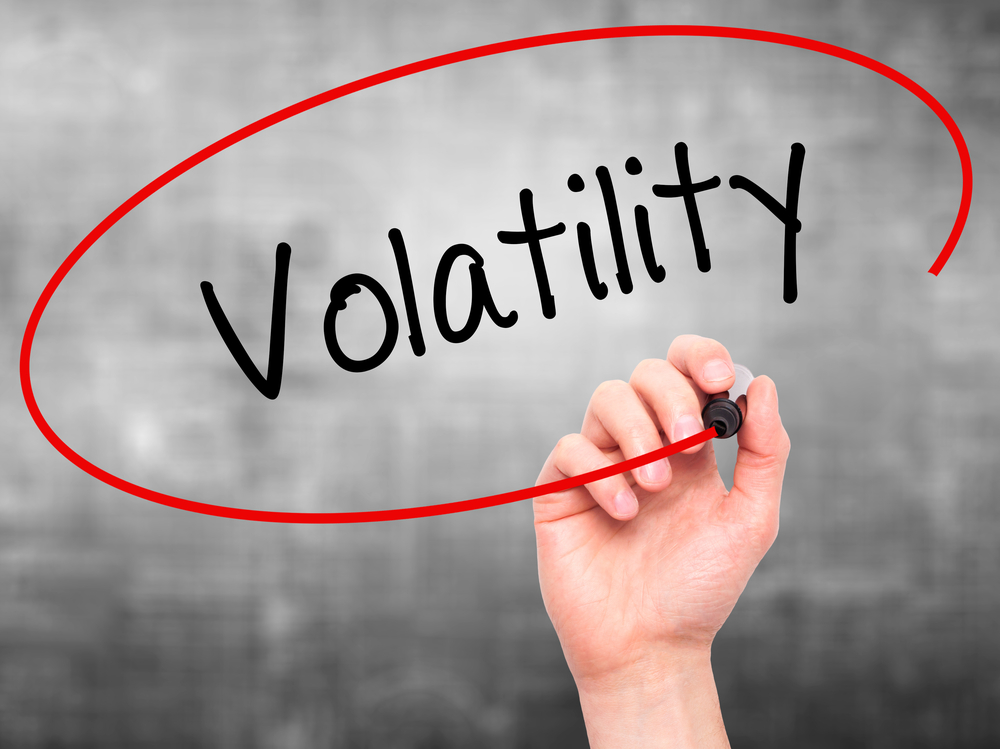Have you ever heard of traders and market participants talking about the VIX index? The VIX has been one of the most important benchmarks by which traders measure market uncertainty and general market volatility. This is why it is often termed the “Fear” index.
This index has evolved from just being a standard by which traders could gauge sentiment to a profitable way to trade the index for long-term gains.
What is the VIX?
The VIX is a measure of the implied volatility of options on the S&P 500 stock index. Implied volatility is the volatility that traders expect to occur over a period of time. This is the volatility that is priced into the options.
Volatility is measured in percentages but the VIX is an index level.
What does the VIX indicate
Given that the VIX is a measure of volatility that the market expects, it is an important measure of market sentiment. If traders are generally more worried about the outlook for stocks in the next few months, they would be willing to pay more for protection on stock market options.
This has the effect of increasing implied volatility and hence the VIX index. This increase in the value of the VIX index indicates that the market is more uncertain about the near term outlook and hence more fearful.
How do you trade the VIX?
Before the VIX index was created, traders could only take a view on market uncertainty and volatility by trading individual options on particular stocks or indexes. This was a less precise way to trade market uncertainty.
However, with the introduction of the VIX as a tradable product, traders were able to take position on the index itself. Initially it started out as a buying a future on the Index, but with the introduction of Binary Options, traders can now trade the index like they trade other instruments.
If an investor has a view that the VIX index will spike in the next 3 months, he / she can enter a Binary CALL option on the stock. Conversely, if the investor thinks that the index will sink he can enter a PUT option.
An example of a VIX trade
In the run-up to the UK’s Brexit vote, the VIX index climbed to a yearly high. This was mainly because many institutional investors were uncertain as to the outcome of the vote. A smart Binary Option trader could have foreseen the potential uncertainty prior to the run-up in June (see chart below). The investor could have entered a Binary Option CALL option on the way up with an expiry just prior to the vote.

On the other side, once the vote took place, uncertainty of the result was eventually cleared up. The institutional investors who had protected themselves by buying options prior to the vote were satisfied with their protection. The same trader could have seen the VIX slowly trending lower and entered a Binary Option PUT option. As illustrated above, the VIX index can also trend like other assets and hence can be analyzed from a technical perspective as well.
If Binary Option investors were looking for an upcoming event that could possibly help them take advantage of the VIX index, there is another important vote taking place in early November. There is still some potential uncertainty around the outcome of the U.S. election. More particularly, who will win the House and he Senate
Conclusion
The VIX index is more than a gauge on market “fear”. It is a great way to profit from market uncertainty. This allows a Binary Options investor to make gains when the rest of the market (including institutional investors) are fearful and unwilling to take risks.




